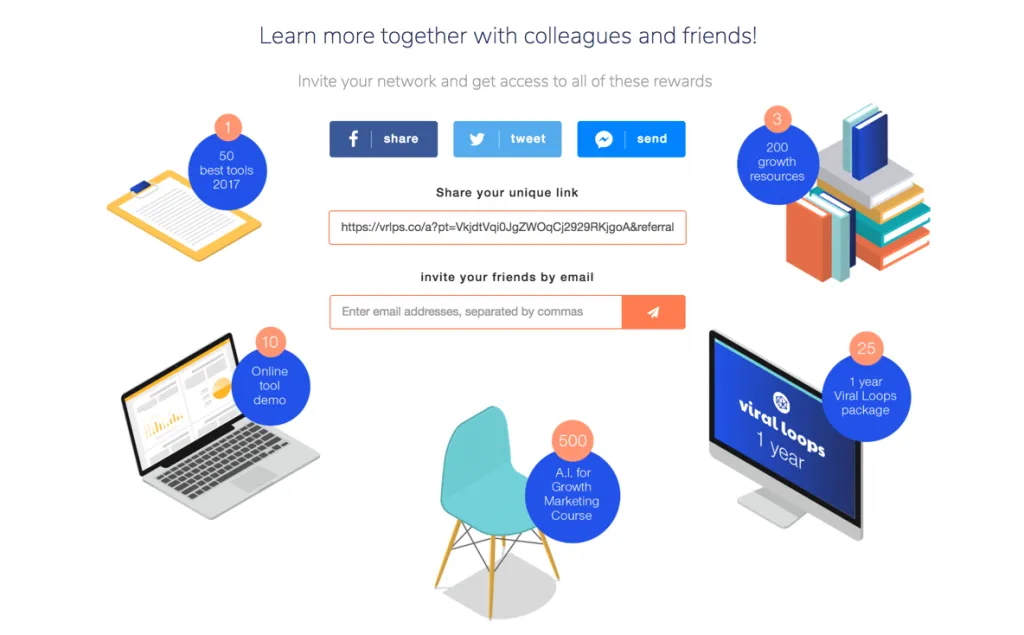The New Currencies of Loyalty: Going Beyond Cash and Points
If we ask to you imagine enrolling in a customer loyalty program, you probably think of earning rewards like points, cash, or discounts - and for good reason. Many companies have seen great success with this approach.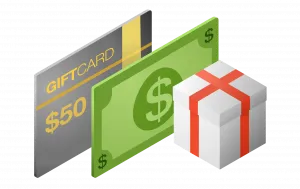
But the modern loyalty programs that stand out and drive engagement are those that are going beyond traditional incentives to reward with alternative currencies.
Alternative currencies are proving to be a significant trend shaping the digital loyalty game. Bond Loyalty found 85% of consumers perceive these unique rewards as “highly valuable.”
These are rewards that don’t have an obvious cash equivalent, but have the potential to deliver extreme value to customers by capitalizing on your company’s existing assets, network, and value proposition.
Instead of focusing purely on a customer’s financial desires, alternative currencies address needs like convenience, time, productivity, and recognition to foster positive emotional connections with customers.
Whether you’re trying to motivate a customer to refer a friend, keep their subscription active, try a new offering, and ultimately develop into a loyal brand advocate, we’ve compiled our favorite examples of alternative currencies for you to use as rewards.
What's an alternative currency?
Let's start by distinguishing "traditional" from "alternative" currencies:
What counts as a “traditional” currency?
We’ll define “traditional” incentive currencies as anything that can be directly financially quantified and that plays to a consumer’s basic financial needs. Some examples (besides direct cash) are gift cards, % or $ discounts, or a specific amount of store credit.
These are the most widely-used forms of loyalty program rewards.
What counts as an “alternative” currency?
This is where we get creative. We’ll define “alternative” incentive currencies as anything that can’t be easily given a financial value.
Some quick examples include free shipping, access to exclusive content, a complimentary training session with a product expert, free swag, or early access to a new feature. While there may still be costs involved, they’re not always perfectly defined or known to the customer.
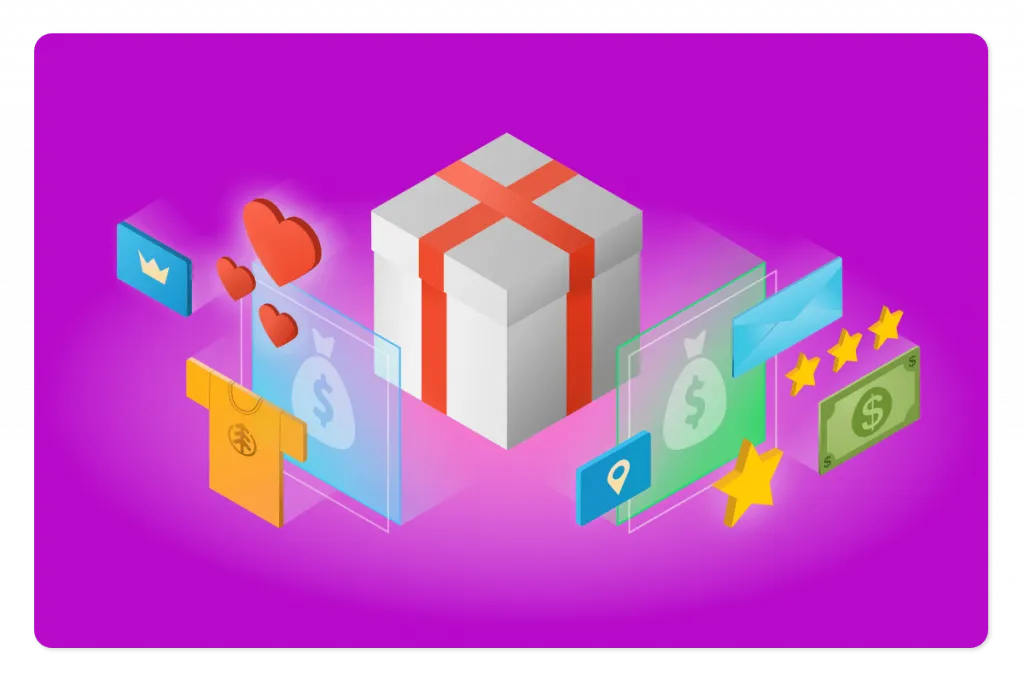
So are traditional, cash-based loyalty rewards a bad idea?
Absolutely not! We don’t advise you to completely forget about discounts, gift cards, store credit, or even loyalty points - they’re used by many loyalty programs because they still work.
Many companies like PayPal and Airbnb have built highly successful loyalty programs using simple, quantifiable rewards like cash and travel credit.
However, as a company operating in the digital economy, you have more room for creative reward creation, achievement, and fulfillment methods that we encourage you to explore.
Plus, many modern loyalty platforms can be configured to provide rewards in nearly any custom unit, so why not try it out?
What are the benefits of alternative currencies?
1 - They encourage deeper use of your product: Offering a reward like a feature upgrade, or one-on-one product training keeps a user engaged with your product and keeps your brand top-of-mind. While they may appreciate a $10 Amazon gift card as a welcome offer, they need to navigate away from your product or service to redeem it.
2 - They can be more cost-effective: Although alternative currencies aren’t necessarily free to offer, you can avoid an upfront material investment and possibly repurpose items you already have on hand. However, knowing the value of these rewards is still recommended to properly calculate your ROI.
3 - They help you stand out: When people think of customer loyalty programs, they immediately assume discounts and cash.
Offering a unique set of rewards can help surprise and delight customers to increase the positive emotions associated with your brand.
If you want to spice up your loyalty program’s rewards with something unique, just keep reading.
Deliver on real customer needs with alternative currencies
As humans, we gravitate towards whatever will satisfy our needs. If we’re hungry, we’ll eat some food. If we’re tired, we’ll have a nap.
Needs are also what drive us to sign up for new products and services. Maybe we need help desk software to better manage customer support, or need to order a new mattress online to help with back problems.
Traditional loyalty rewards address a financial need by offering cost savings and free money. Not many people turn this down, so it makes sense why it’s the classic approach.
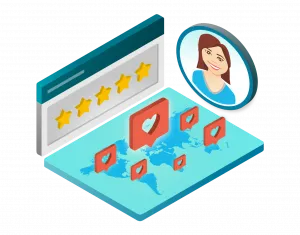
But while a customer unpacks the Amazon order that they placed with your gift card reward, are they really thinking about your company?
What if you could offer rewards that satisfy an important customer need while also boosting engagement with your product?
This is where alternative currencies shine - they promote learning, productivity, and social recognition while staying closely tied to your brand.
We’ll go through three groups of basic customer needs, and examples of rewards that can be used to address each one.
1 - Need for Information, Knowledge & Confidence
In order to successfully use and benefit from your digital product or service, customers need information. This involves anything from training, help documentation, webinars, onboarding calls, etc.
A significant cause of customer churn is when users don’t understand your product or service well enough to realize the benefit. This is especially a risk if there’s a steeper learning curve.
Reward loyal customers by enhancing their experience with your product and helping them become expert users. After all, the best kind of user to advocate for your product is one who fully understands it.
Examples of rewards to deliver on the need for Information, Knowledge & Confidence:
• Complimentary training with a product expert: Have one of your account managers devise a personalized training session with a client that is not typically offered.
This works well as either an introductory offer to level out the learning curve, or as a win back technique to address any issues the customer may not have vocalized.
• Access into a discussion forum: You may already have a community forum, but why not say thank-you to VIP customers or account administrators with access to their own private learning space.
This doubles as a great way to encourage customer feedback and learn what your top users value most.
• Exclusive event access: Invite your customers to be the first to learn about new product releases.
While there is undoubtedly a special sense of belonging shared among those who attend an Apple Keynote presentation to learn about the newest iPhone, launch events keep customers excited to continue supporting your brand.
• Networking opportunities: Hosting an annual meet-and-greet for only your best-performing partners, affiliates or influencers is a great way to encourage sales throughout the year, and give them an opportunity to expand their professional network in a unique way.
If you’re in the B2B space, consider partnering up with the organizers of a well-known conference in your industry to offer preferred pricing to your best customers.
• Exclusive content: This could come in the form of eBooks, videos, webinars, or PDF guides.
Growth Tribe generated over 5,000 new registrants for their conference by offering digital resources and tools to those who referred a friend or colleague:
Why these rewards work: Users who feel confident and knowledgeable about your product or service will be more inclined to use it, and will find more reasons to remain a customer.
They’ll also be more likely to advocate for your brand when they fully understand the value proposition.
2 - Need for Efficiency, Productivity & Convenience
People are always trying to multi-task and get more done in a single day.
A customer likely started using your product or service to make some aspect of their life or job easier, whether you offer a CRM to help them organize sales leads, or a meal-kit delivery service to save them time in the kitchen.
There are plenty of ways that you can reward their loyalty by making their product experience even better by saving them time, unnecessary costs, or frustration.
Examples of rewards to deliver on the need for Efficiency, Productivity & Convenience:
• Complimentary feature upgrades: Subscription and SaaS products typically offer different levels of features depending on how much the user is paying. Reward your best advocates with complimentary access to a premium feature, either indefinitely or for a limited time.
This not only promotes deeper use of your product, but increases the likelihood that they will upgrade on their own, and encourage others to follow suit.
• Free shipping: Rewarding loyal customers with free shipping is an easy way to drive more sales and boost shopping convenience.
44% of customers will abandon their cart if they think shipping costs are too high, while 9 out of 10 shoppers agree that free shipping is their primary incentive when choosing a brand online.
• Phone support: Access to immediate support lets customers get the help they without stalling their tasks waiting for an email response.
Talking to customers on the phone also gives your team the opportunity to exceed expectations through helpful conversation.
• Unique internal currency: Does your brand have a specific internal “currency” that you can use to incentivize customers? A famous example is Dropbox, a cloud file-storage application that saw 3900% growth by offering users a boost in available storage for each successful referral.
Another example is from Tesla, whose program rewarded referrers with six months of free vehicle charging via Tesla's Supercharger network.
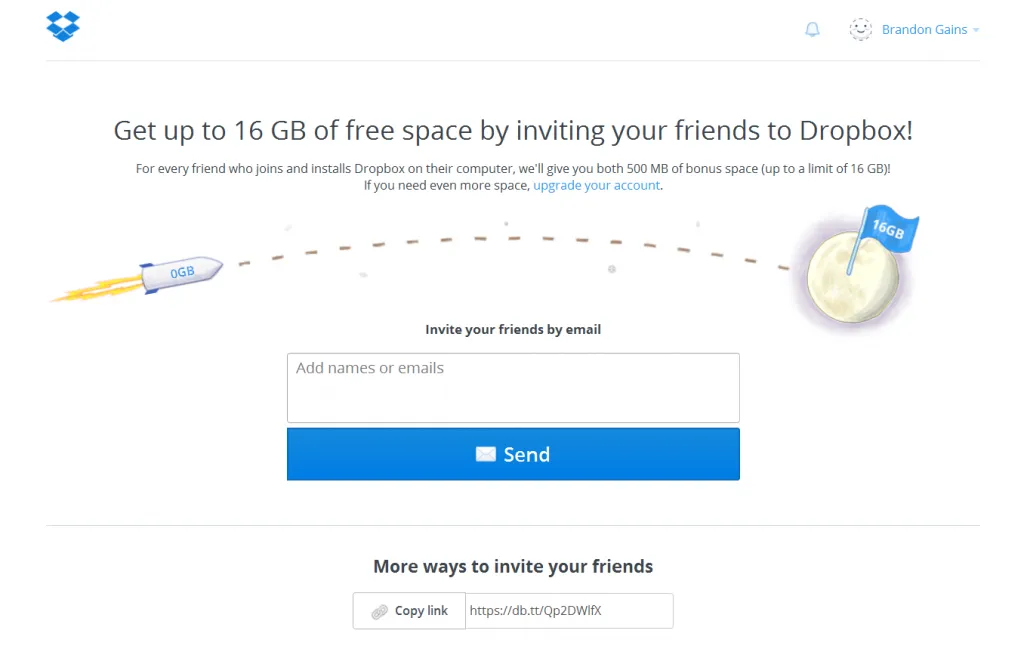
Why these rewards work: Rewards that promote increased productivity and ease-of-use with your brand are an easy way to create more stress-free, enjoyable experiences for customers.
By building directly on top of the value that customers are already deriving from your solution, their loyalty is fuelled by deeper product usage.
3 - Need for Status, Identity & Recognition
As humans, we want to feel important and valued. We’re also competitive.
The popularity of social media alone highlights our search for recognition, approval, and validation from both peers and strangers.
Brands can capitalize on this by granting top customers with an exclusive social status and access to rewards only available to a select few.
This is why VIP programs are so effective. People will go to great lengths to obtain and maintain a specific rank among their peers, even if they never use the perks and rewards granted to them.
Examples of rewards to deliver on the need for Status, Identity & Recognition:
• Early access to features and sales: From priority boarding on a flight, to a priority HOV lane on the highway, everyone loves deals that help them get ahead.
Reward your best customers with access to beta features (and welcome their feedback!), or let them have first dibs during your biggest sales.
• Company swag: You likely have boxes of company-branded t-shirts laying around that customers would love.
Wearing your swag (ie. the uniform of your “team”) helps them feel like they are a part of your brand’s movement, and is a great way for you to repurpose an otherwise sunk cost.
• Donations on the customer’s behalf: Studies show that people are happier after spending more money on someone else relative to themselves.
Upserve, a company offering restaurant management software, had a referral program in which they would donate $200 to the Clean Water Fund when a user successfully referred a friend.
• Recognition on social platforms: This can come in the form of a “customer of the month” shoutout on your social media channels to highlight a highly-active user. It’s likely the featured customer will personally engage with your post, extending your reach into their social network.
Online clothing company Betabrand launched a Model Citizen program encouraging customers to submit photos of themselves in Betabrand products to be featured on the website and used as product images. As a result of customers sharing their “model” status with friends, 1 in 10 Model Citizen photos generates a trackable order from a new customer.

Why these rewards work: When customers know that their brand loyalty is getting them a better product experience or social status than their counterparts, they’ll remain loyal to keep it up.
They’ll be more likely to refer a friend or beta test a new feature when they feel like part of your brand’s culture and that their existence as a customer is meaningful.
Final Thoughts
The biggest takeaway here is that high cost doesn’t always equal high value.
Many digital companies are realizing that it pays to think outside the box when it comes to loyalty program rewards, and make an effort to play to customers emotions rather than their wallets.
By rewarding with alternative currencies, you can repurpose existing assets and save costs while adding more value to your customers - the ultimate win-win scenario.
Keep in mind that the purpose of a loyalty program is not to bribe customers into engaging with, or referring a product or service that they don’t actually like.
A loyalty program done right is meant to help incentivize behavior from your satisfied clients (and future clients) to grow your brand adoption and build customer loyalty.
For more guidance on choosing the best rewards for your loyalty programs, check out Part 1 and Part 2 of our series now.
